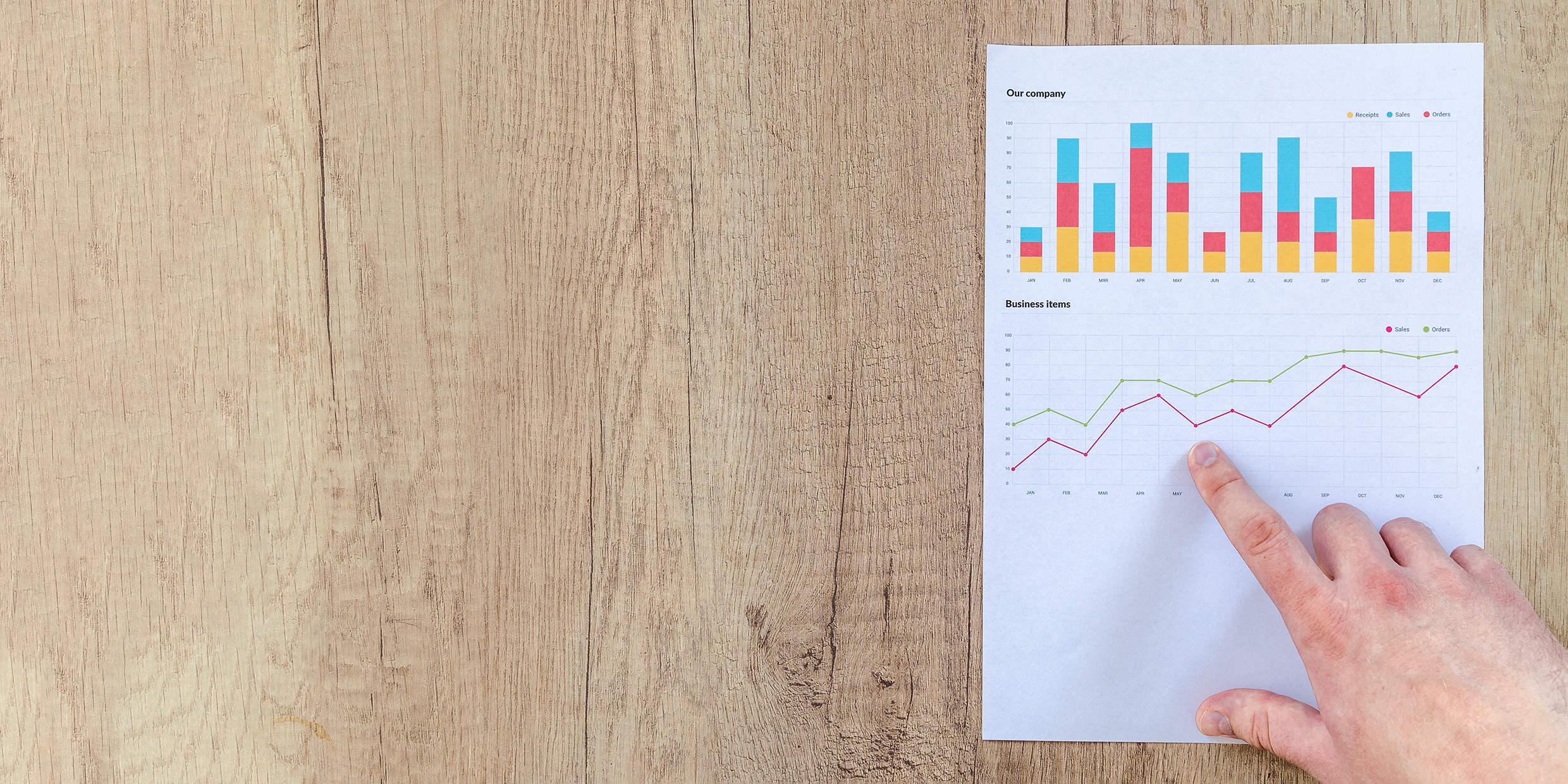Originally published 19 July 1993
As I went off to college in 1954 my father handed me a little orange book and said, “Read this. It will be as useful as anything you’ll learn in college.”
The book was Darrell Huff’s How to Lie with Statistics, charmingly illustrated by Irving Geis. In 1954, the year of publication, the book cost $2.95 in hardcover. It is still available in paperback at $4.95, and as good a buy for the money as anything you’ll get in college.
My father, I should say, was a quality-control engineer, a pioneer in that field, and a statistician to the soles of his feet. He knew how to make statistics say anything he wanted them to say. And he knew that in the second half of the 20th century Americans would be increasingly propagandized by statistics. He wanted his kids to be prepared.
He also knew how to make statistics tell the truth. Our house was filled with homemade gadgets designed to demonstrate every known law of probability. We kids sat mesmerized as hundreds of tiny balls rattled down between nails he had knocked into a vertical board, arranging themselves into a bell-curve distribution. As his collaborators, we tossed dice for hours, shuffled and drew cards, and plucked multicolored ceramic chips from boxes. All the while, he counted and calculated and graphed.
He loved graphs, and he loved to draw our attention to graphs or diagrams that distorted data. The more egregious the distortion, the more my father delighted in the ignorance or deceit that produced it.
I did not not know then, but I know now (because I just spent a hour in the library), that Darrell Huff was my father’s kind of guy. A practical man with wide-ranging interests. A jack-of-all-trades who wrote monthly articles for Popular Science on such things as “How to Build a Two-way Lawn Chair” or “Three Dozen Ways to Use Tape.”
He had a gift for explaining complex things simply, and his expose of statistical lies was clear enough to keep the little orange book in print for almost 40 years. It is still referenced even in technical works on statistics. Huff, now 80 years old [in 1993], is revising for a new hardcover edition.
I asked him if he ever imagined the book would last so long. He said: “I’ve been married for 50-something years. Didn’t expect the marriage to last that long. Didn’t expect it not to. Never thought about it at all. It was the same for the book.”
Huff’s little book showed that it is possible to prove almost anything with statistics if you are creative about how you select your data, how you manipulate the data mathematically, and how you display your results graphically. He called his book a “primer in ways to use statistics to deceive.” It was not, he insisted, a manual for swindlers. “The crooks already know these tricks,” wrote Huff; “honest men must learn them in self-defense.”
Huff told me about a murder trial in California that hinged on the probability that a thread found on the accused came from the victim’s coat. The prosecutor expounded statistics. The accused sat quietly in his chair holding a copy of How to Lie with Statistics for judge and jury to see. “Didn’t save him,” says Huff.
Scientists use statistics all the time as a way of getting at the truth, and although they generally try to be honest and objective about what they do, the letters columns to scientific journals are filled with disputes about the legitimacy of statistical inferences.
In fact, not even professional statisticians agree upon the objectivity of statistical inference. The so-called Bayesians (subjectivists) and anti-Bayesians (objectivists) have been battling it out with undiminishing fervor for as long as I have been alive. And longer. The Rev. Thomas Bayes, who initiated the debate, lived in the 1700s.
No one in science, of course, doubts the importance and value of statistics as a way of teasing knowledge from sampled data, but there is less agreement as to whether statistics is a branch of rhetoric or mathematics.
My father was right about Huff’s book. Thirty-nine years later, I cannot read a scientific paper without a healthy skepticism regarding statistical inferences, nor can I look at a graph or chart in Time or Newsweek without mentally comparing them to Huff’s bag of tricks. Most of all, I am skeptical of the constant barrage of opinion polls that purport to show what Americans feel about everything from politics to sex.
Ross Perot set a new standard of statistical propaganda with his flashcard graphs on television during the last presidential campaign. Those graphs, without context or adequate quantitative cues, proved nothing at all.
Which is not to say that Mr. Perot was deliberately lying with statistics. No doubt every use of statistics in science or popular culture contains a germ of truth. What I learned from Darrell Huff’s little orange book is not to confuse the germ with reality.
Darrell Huff’s classic book on statistics is still in print, and as valuable as ever. ‑Ed.



